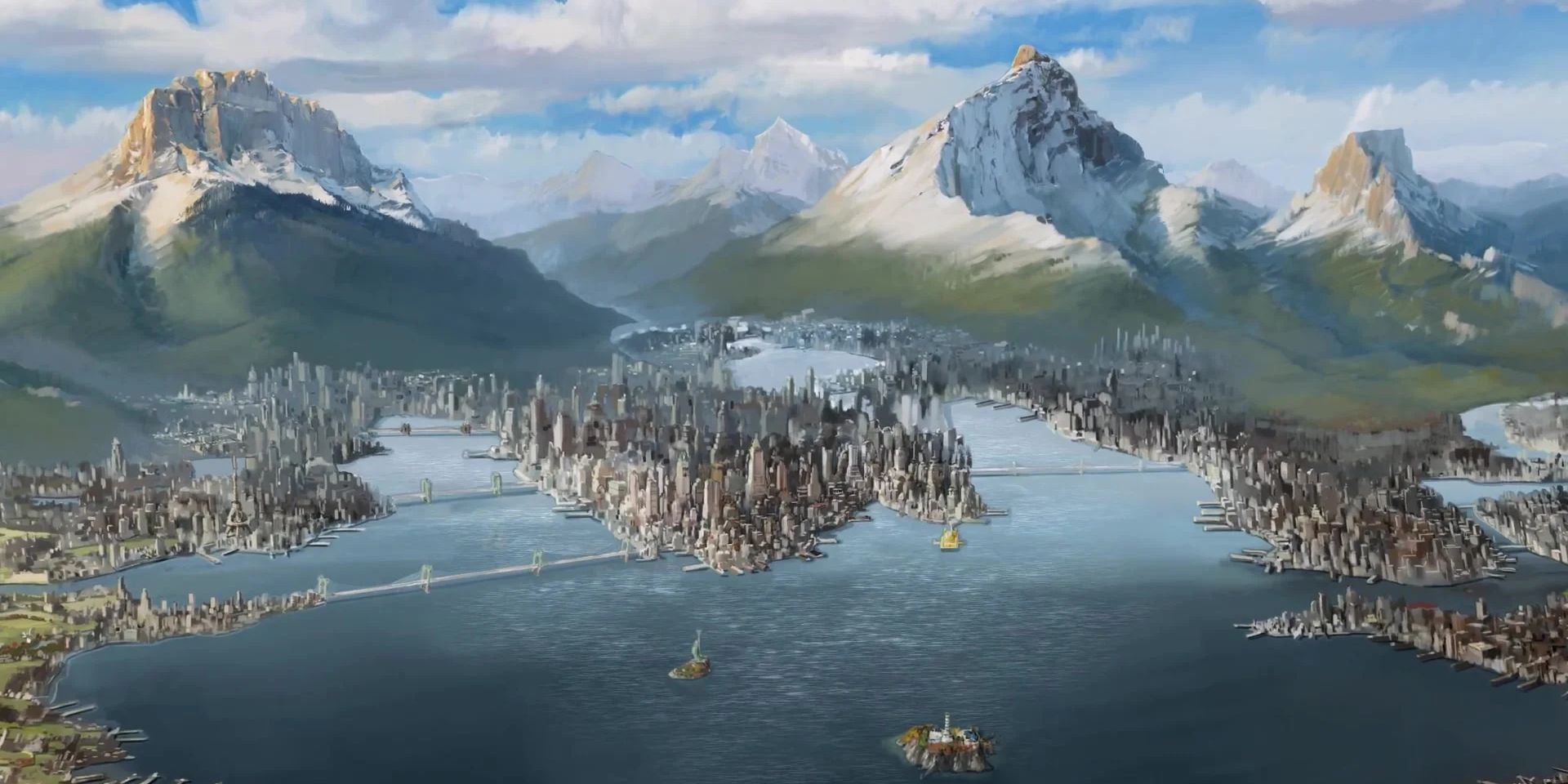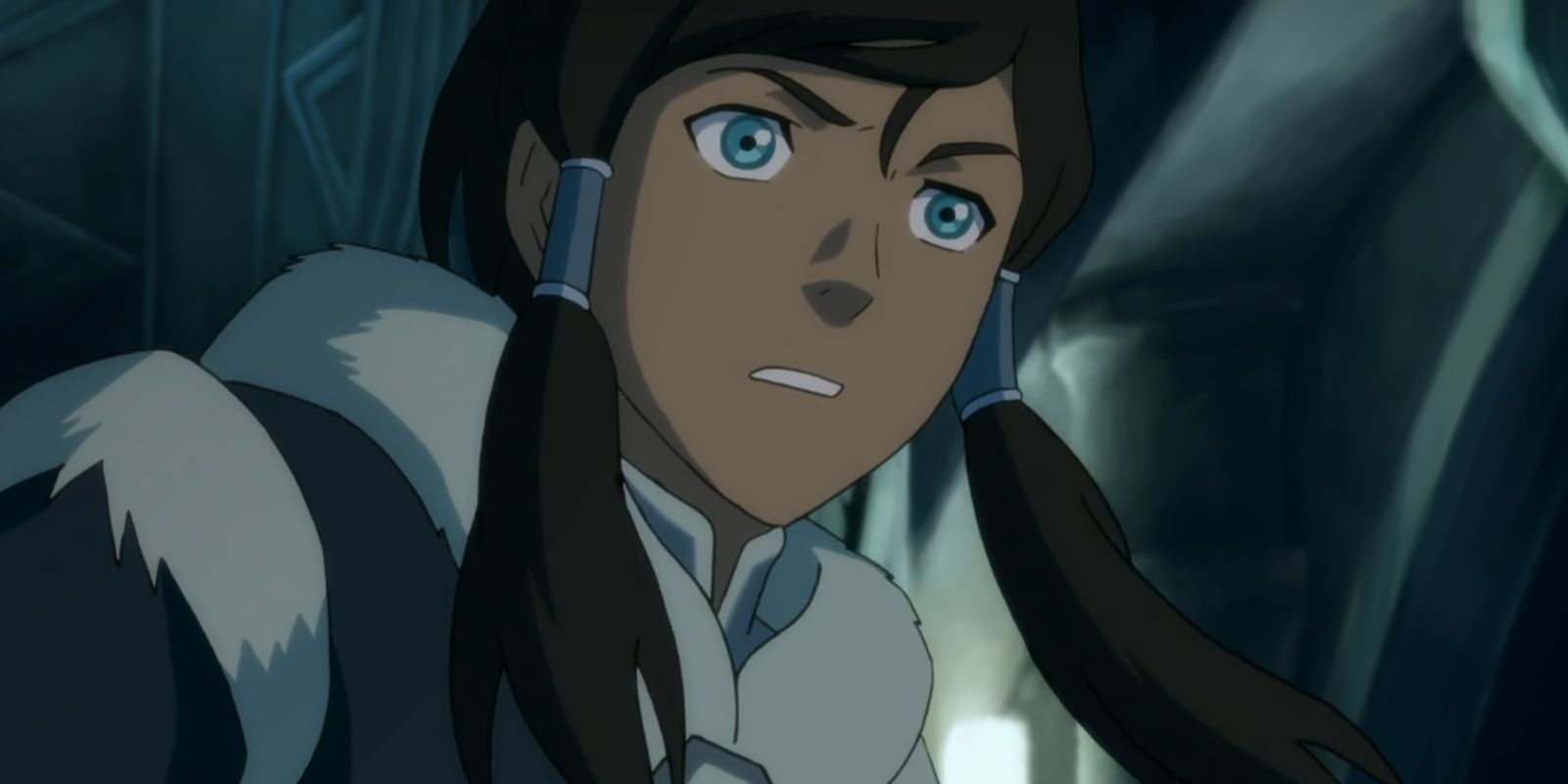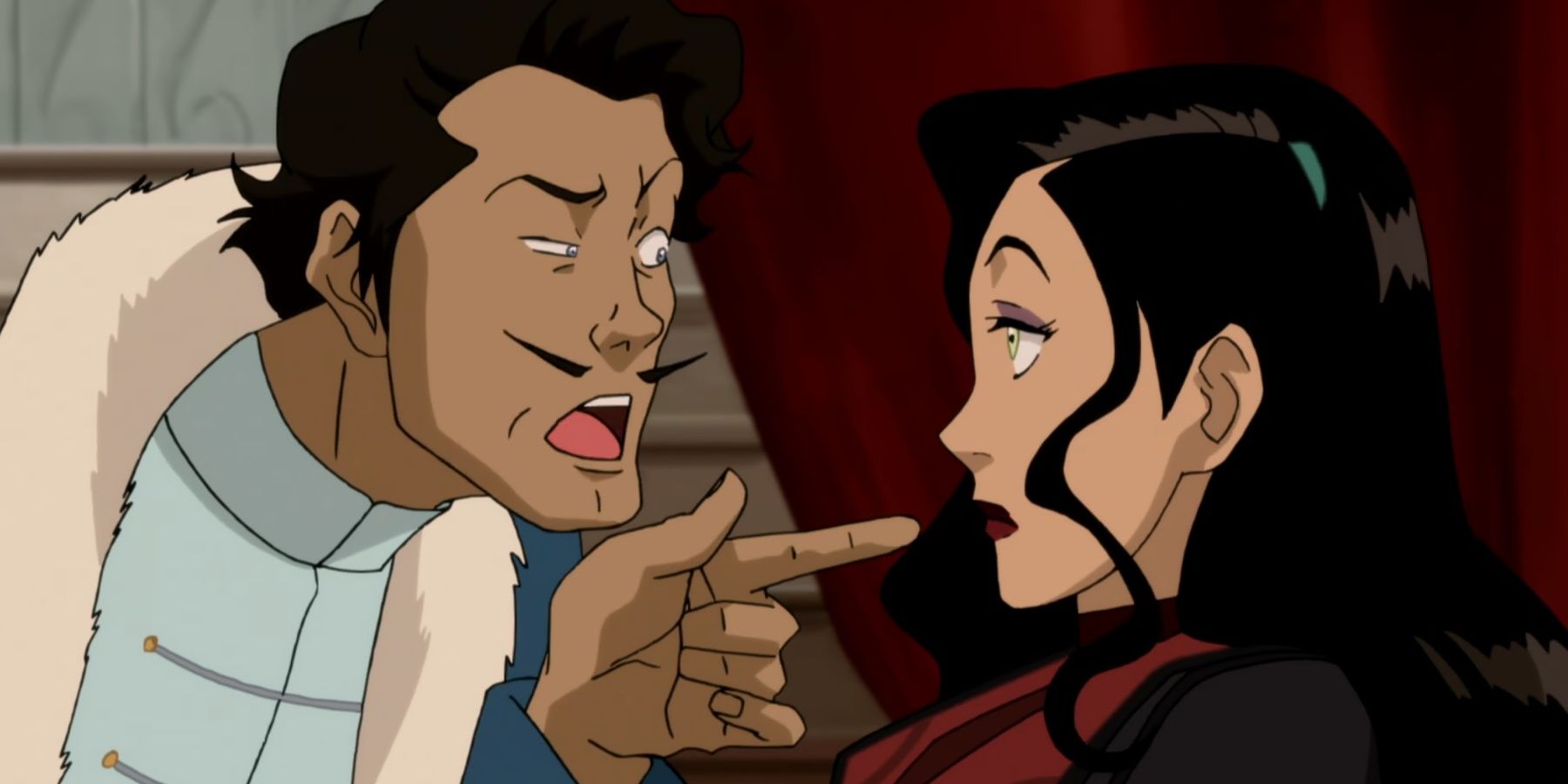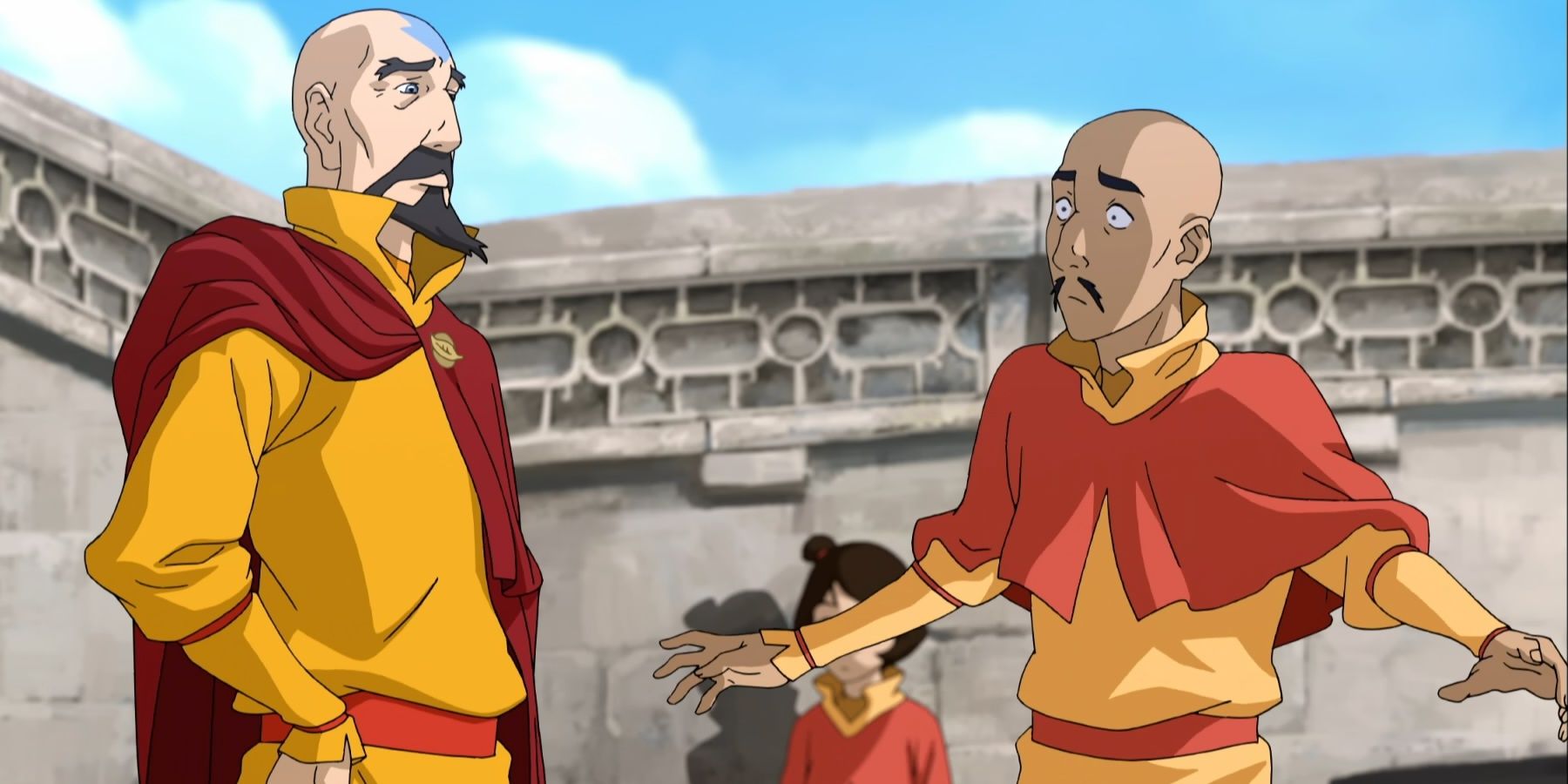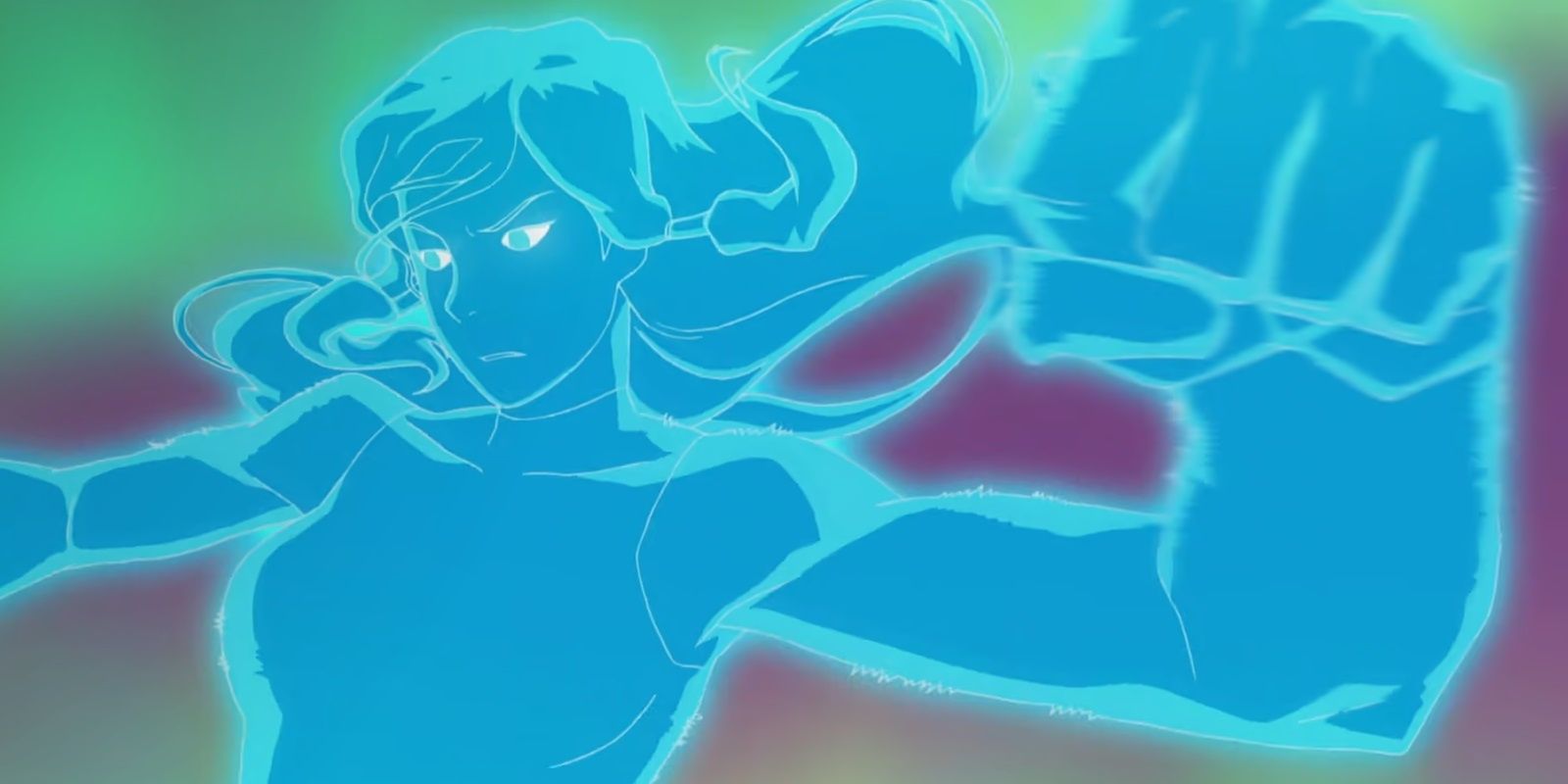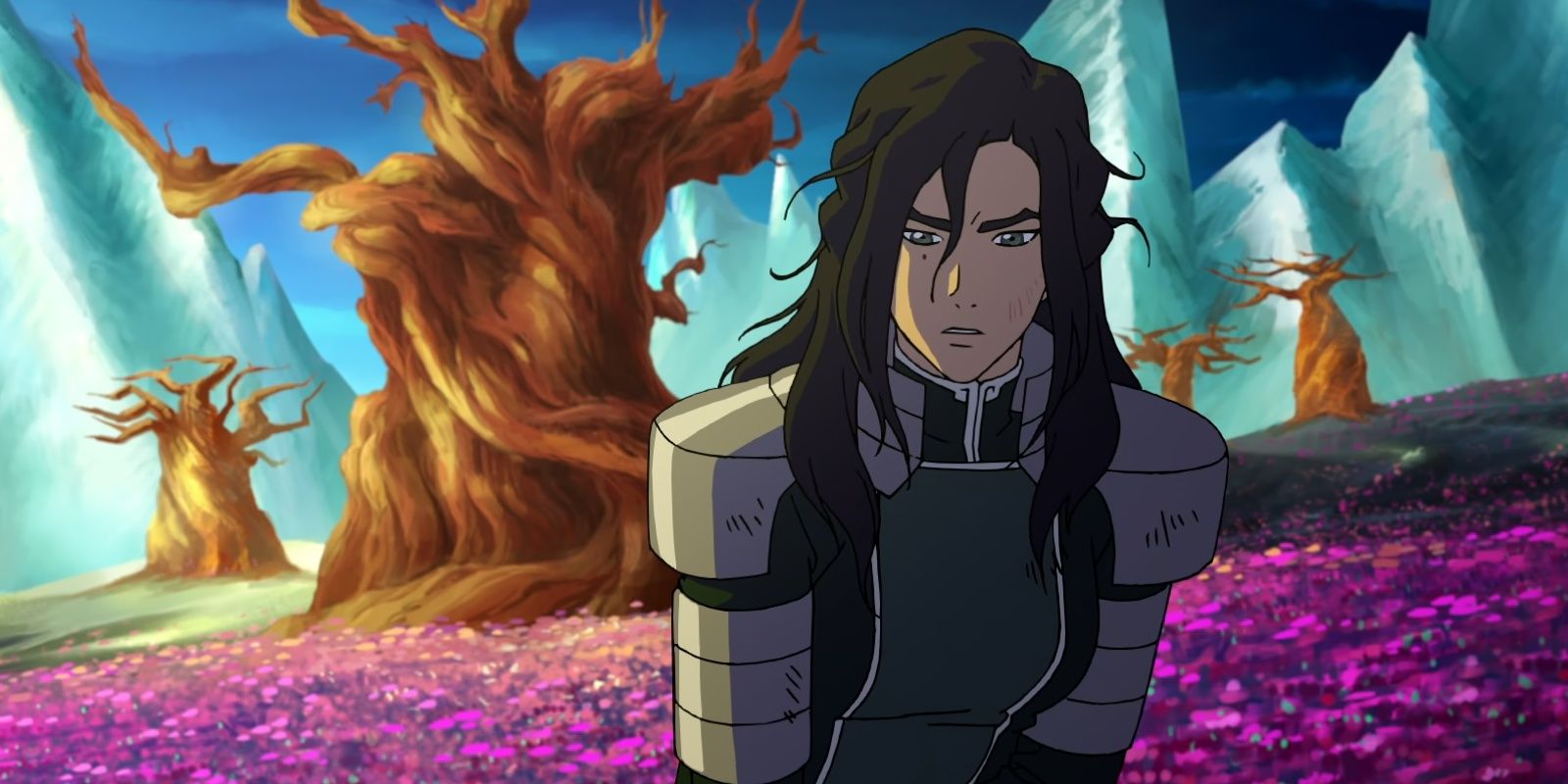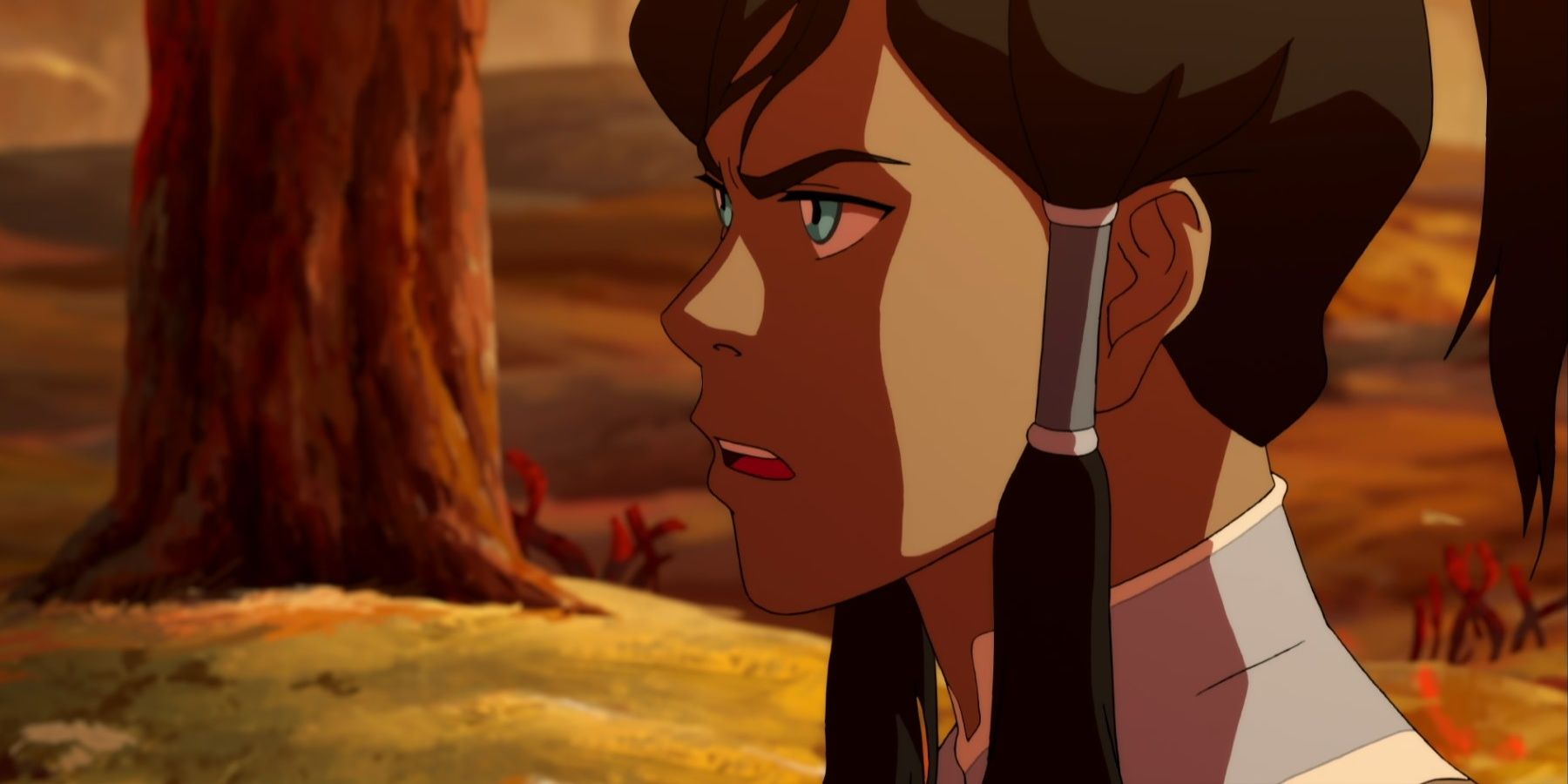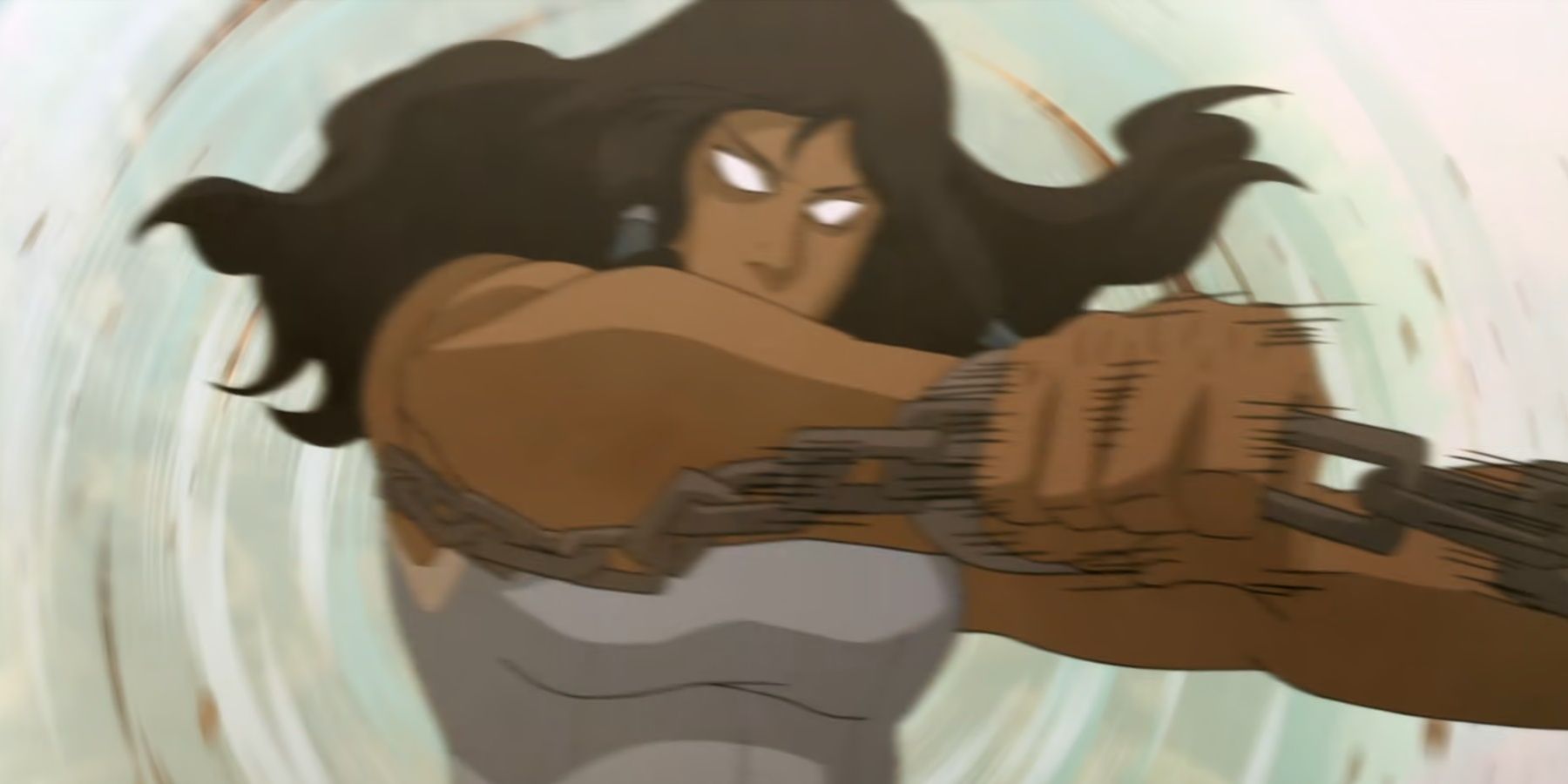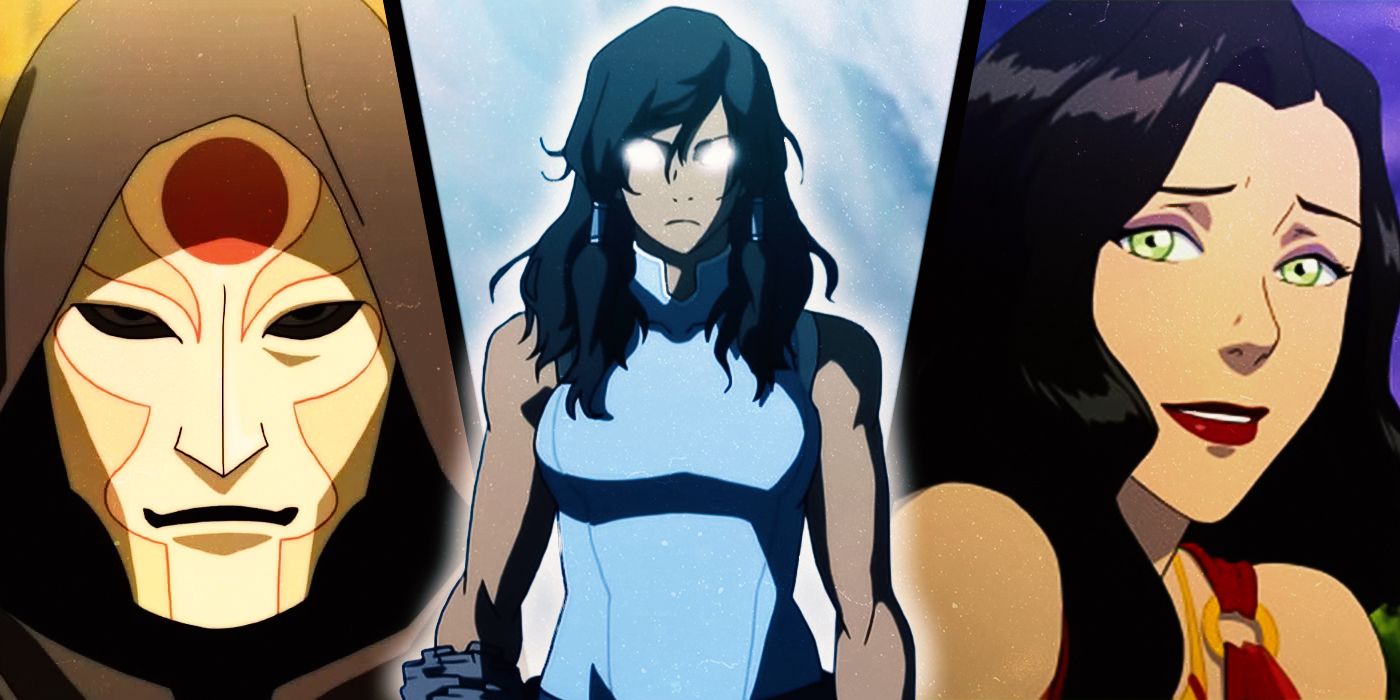
The Legend of Korra is the official sequel series to Avatar: The Last Airbender, and they can be compared and contrasted in many ways. While the original cartoon had better humor and the best redemption arc in the franchise, The Legend of Korra managed to surpass the original Avatar in a variety of ways. After all, The Legend of Korra had the advantage of starting off with a fully developed world and building new ideas on top of it all.
The Legend of Korra had stronger and deeper writing in certain areas, and it also fleshed out the overall franchise’s lore in exciting ways that the original Avatar never had time for. That is how a sequel series can shine: adding more of what made the original great while hitting the ground running with a fully-formed universe to work with. It’s true that Korra wasn’t quite lightning in a bottle like the original, but it doesn’t need that kind of unique energy to surpass its predecessor.
10 The Legend of Korra Has More Advanced Production Values
This Makes it Nicer to Look at and Listen To
While shiny production values and a high budget can’t make a bad story good, they can enhance a good story to make it even more compelling and fun to watch. Such is the case with The Legend of Korra, which simply looks and sounds better than the original Avatar simply because it was made several years later and had access to more advanced production techniques.
Korra is widescreen rather than fullscreen, so viewers can see more of what is happening, and the cartoon is also high-def while the original Avatar was not. Fans may also enjoy Korra‘s OST, which features moodier and more atmospheric songs to set the tone just right. That helps enhance the cartoon’s more mature tone compared to what Avatar did in the 2000s.
9 The Legend of Korra Has Fewer Filler-Style Episodes
This Lets the Plot Flow More Easily
Pop culture fans are often skeptical of filler episodes, especially bad ones, and the original Avatar had plenty of episodes that felt like filler. While episodes like “Avatar Day” and “The Great Divide” may not have been literal filler, they were still weak links in the orignal Avatar. That gave the show a “problem of the week” feel that older viewers may not like.
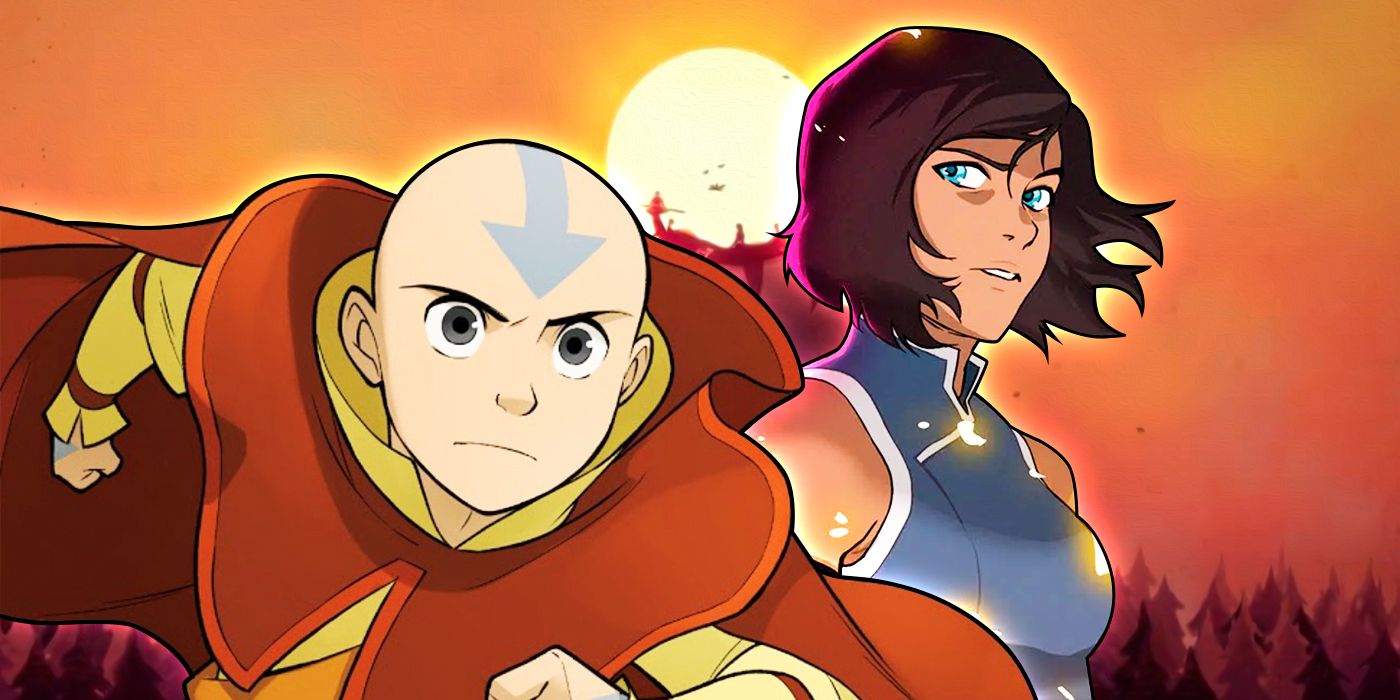
Related
Can Korra Beat Aang in a 1 v 1 Fight?
Both Aang and Katara are fully realized Avatars, but which of the two would be left standing if they were to battle it out?
Meanwhile, The Legend of Korra had just one filler episode in Book Four: Balance, while all other episodes were purely plot-oriented. That made it feel like each episode truly counted, and given how much story was crammed into each season, it’s no wonder the producers didn’t bother with filler-adjacent episodes like “Avatar Day.”
8 The Legend of Korra Has Faster and Better Pacing
The Plot Twists are Frequent and Intense
Not only does The Legend of Korra lack filler-style episodes, the plot-heavy episodes get even more work done than Avatar‘s own plot-heavy episodes. That was clearly done by necessity, especially in Book One: Air, since the producers didn’t know if they would necessarily get more seasons for The Legend of Korra.
All that means the show can fit more plot into a tight time frame, which also meant that the plot twists were frequent and exciting. Almost every episode of Korra gave fans something new to think about, cheer about, or worry about, and no episode felt like a mere setup for another. If time-conscious cartoon/anime fans want to digest a good story in a limited time frame, The Legend of Korra is the best pick.
7 The Legend of Korra Has a Better Variety of Villains
Firebender Villains Get Repetitive
The members of Prince Zuko’s family tree dominated the villains’ side of Avatar, along with other leaders of the Fire Nation. The main exception was Long Feng in Ba Sing Se, but overall, the cartoon made it so all the major players in the Fire Nation were antagonists. Zuko’s family tree was almost synonymous with “bad guy.”
That led to a somewhat repetitive narrative, where it almost seemed hard to believe that the entire Fire Nation royal line could end up so wicked, with the off-screen Ursa and uncle Iroh being the only outliers. By contrast, each of the four villains in The Legend of Korra had not just different elements, but also different backgrounds and worldviews beyond the Fire Nation trying to conquer the world.
6 The Legend of Korra Balances the Elements Better
“Fire Bad” Was Getting Old
By having villains from different backgrounds, The Legend of Korra created better balance with the four elements of bending. In Avatar, it was essentially firebending vs all other elements, while Korra had a more even spead of what both the heroes and villains could bend. There was Mako the heroic Firebender, for example, and two villains controlled water, with another bending air.
1:57
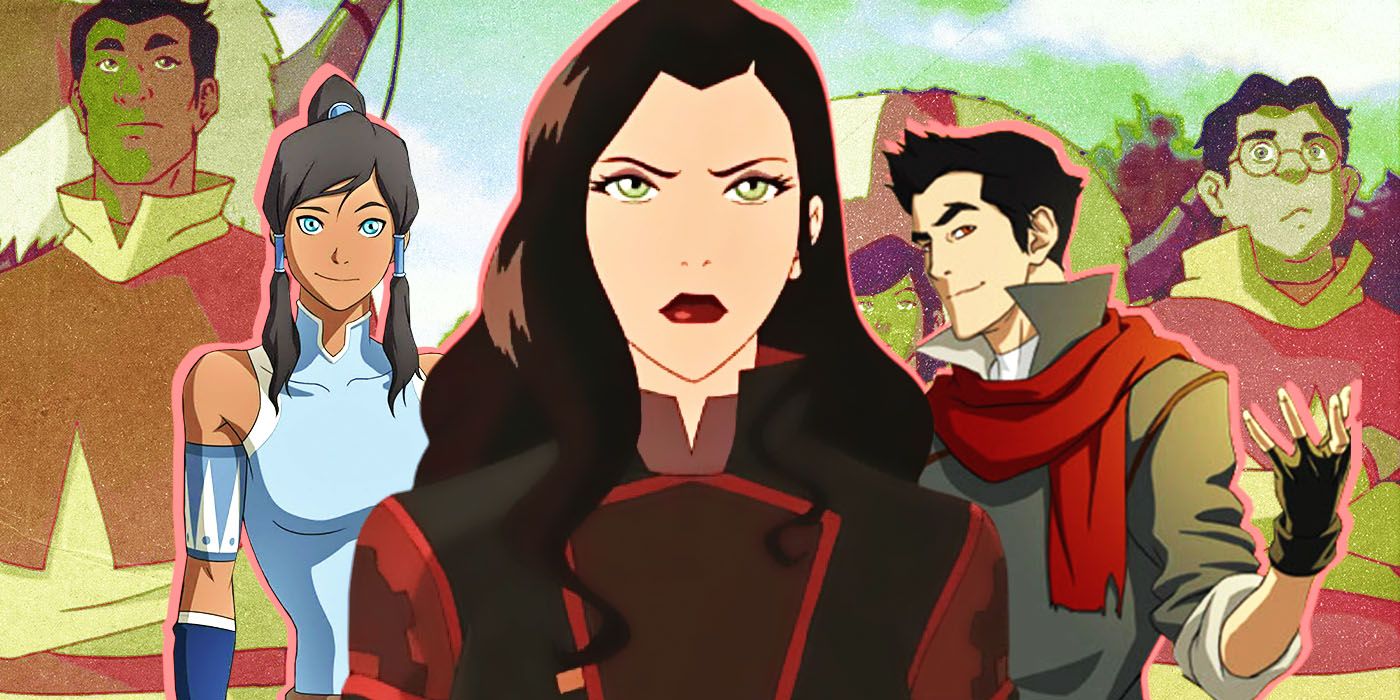
Related
15 Most Questionable Storylines in The Legend of Korra
The Legend of Korra delivers on telling an engaging story of a different kind of Avatar, but the series still needs some well-deserved criticism.
That helped restore the natural balance of these elements, rather than the lopsided “fire vs all else” narrative in Avatar, which unfairly made firebending the “bad” element. It also helped that far more Airbenders showed up after Harmonic Convergence, expanding airbending far beyond the Avatar Cycle’s powers or Aang’s family tree. It was immensely gratifying to have airbending represented by a proper group and not just one person.
5 The Legend of Korra Adds New Sub-Bending Types
Korra Bent Her Own Energy to Fight Unavaatu
Plenty of bending sub-elements showed up in Avatar, with even more and better ones arriving in Korra to round things out. Bloodbending and metalbending stole the show in Avatar, only for lavabending, energybending, and true flight to up the ante in Korra. Metalbending also expanded a great deal, making that an entire faction rather than Toph Beifong all by herself.
Such sub-bending actually saved the entire worldwhen Avatar Korra used “energybending” to turn into a spirit giant and face her uncle Unalaq to save the entire world from 10,000 years of darkness. It was also exciting to see airbending finally get a sub-bending type, with Zaheer becoming the second Airbender after Guru Laghima to let go of all earthly tethers and take to the skies. Meanwhile, Ghazan terrified viewers with destructive lavabending, only for Bolin to use it as well.
4 The Legend of Korra Explores the Spirit World in More Depth
Even Uncle Iroh Became a Part of It
While the Spirit World appeared a few times in Avatar, such as Aang visiting Koh the Face Stealer’s domain, The Legend of Korra vastly expanded upon this supernatural realm and turned it into something truly incredible. It all started in Book Two: Spirits, when Korra, Jinora, and Unalaq all visited that place. Korra even met uncle Iroh there, who treated it as his adopted home.
That was a fascinating bit of worldbuilding that the original Avatar couldn’t spare much time for, so fans of spirits were given a real treat in Korra. It also helped make the two realms feel more balanced, with the Spirit World being more than a mere plot device where Aang can go and get help from spirits at the last second during a battle.
3 The Legend of Korra Has More Philosophical Depth With its Villains
Zaheer and Kuvira Made Viewers Think
The original Avatar certainly had some weighty themes about grief, revenge, and finding one’s destiny, but The Legend of Korra had all that and plenty more, giving it the edge in themes and philosophy. Two particular villains challenged viewers to really think about conflict, governments, nature, and freedom: Zaheer the Airbender and Kuvira the tyrant.
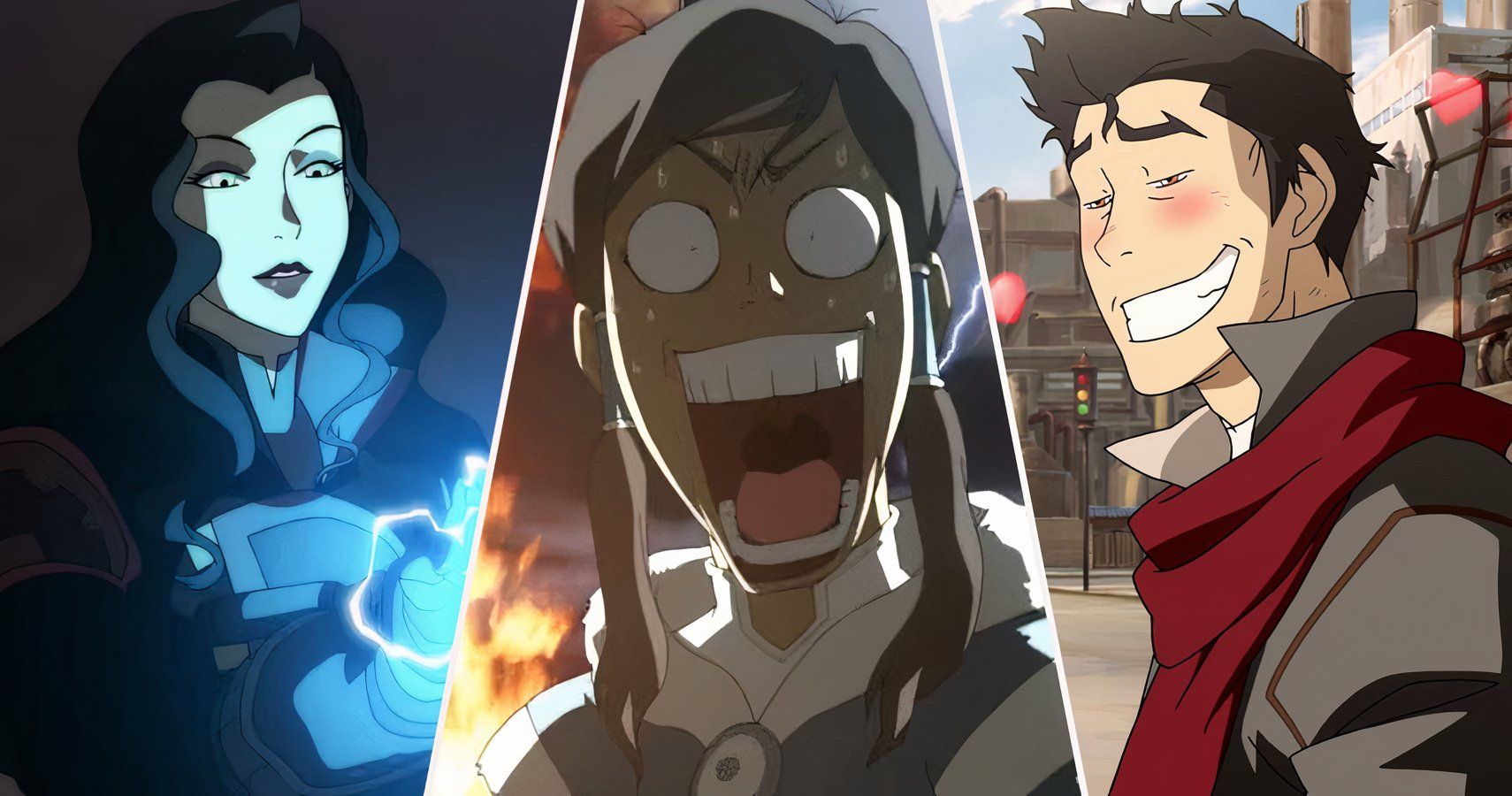
Related
15 Things About The Legend of Korra That Make No Sense
The Legend Of Korra is a worth ATLA successor in its own right, but many plot points don’t make much sense to fans.
Zaheer argued that the natural order was disorder, and that civilization was an artificial cage that humanity needed to be freed from, which formed the core of the Red Lotus group. Kuvira, meanwhile, was morally mixed at first because while she pressured regions into joining her aggressive empire, she really did bring much-needed stability to the fractured Earth Kingdom. That opened up questions about how far groups or people should go for stability and propserity vs freedom.
2 The Legend of Korra Has a Better Bender vs Non-Bender Theme
Nothing Like the Equalists Existed in the Original Cartoon
The Avatar cartoon all but said that elemental bending was the best and most important thing in the world, while The Legend of Korra challenged those ideas in fascinating ways. While that cartoon largely supported bending as a key plot element, the story also presented a meaningful rival: the Equalist revolutionary group.
On many levels, the Equalists challenged bending, and for the first time, technology could rival or even surpass bending. Nothing like that happened in Avatar, where bending reigned supreme, while the Equalists stood on even ground against Team Avatar. This balanced out the combat system and created new kinds of battles where battle tanks, gas canisters, and shock gloves were a match for any kind of bending.
1 The Legend of Korra Challenges Bending’s Place in the World
It Can’t Be Taken For Granted as a Gift to Humanity
The Korra cartoon deconstructed elemental bending not just with the Equalist movement, but by portraying bending itself as a force of evil, not just its wielders. While bending is ultimately neutral, the narrative still suggested that bending could easily go out of control, enabling dangerous people to wreak havoc on the world. Meanwhile, the elderly Toph Beifong argued that the world didn’t need the Avatar that much.
Such ideas, along with rapidly advancing technology, questioned bending’s true nature and purpose more than ever. While bending was accepted face value as a part of the world in Avatar, the Korra cartoon made fans wonder if a world of Satomobiles and radios really needed bending, especially if said bending was in the hands of Earth Empire soldiers or the Red Lotus group.
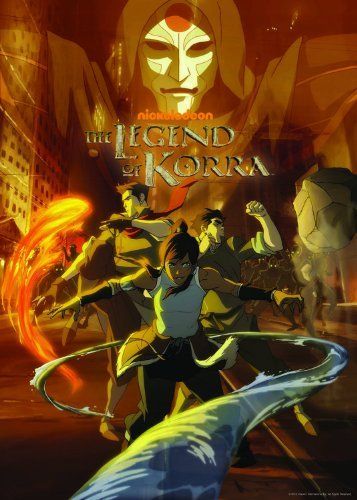
Avatar Korra fights to keep Republic City safe from the evil forces of both the physical and spiritual worlds.
- Release Date
- April 14, 2012
- Cast
- Janet Varney , P.J. Byrne , David Faustino , J.K. Simmons , Jeff Bennett , Dee Bradley Baker , Seychelle Gabriel , Mindy Sterling
- Seasons
- 4
Discover more from reviewer4you.com
Subscribe to get the latest posts to your email.
